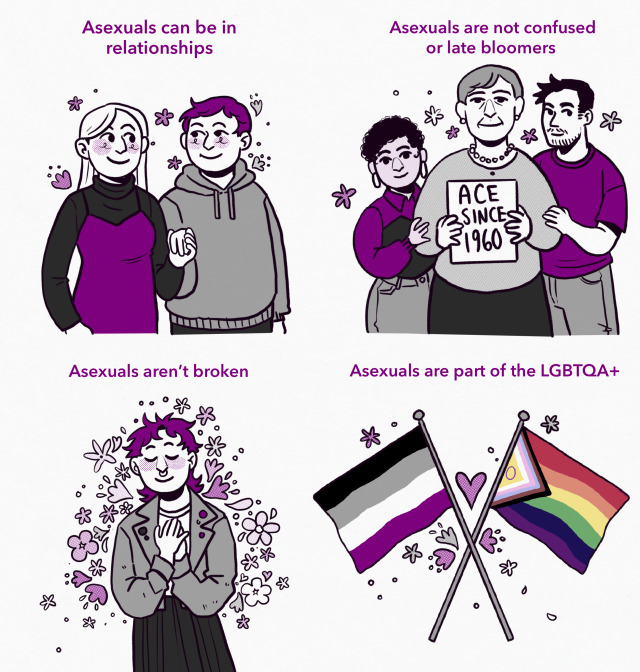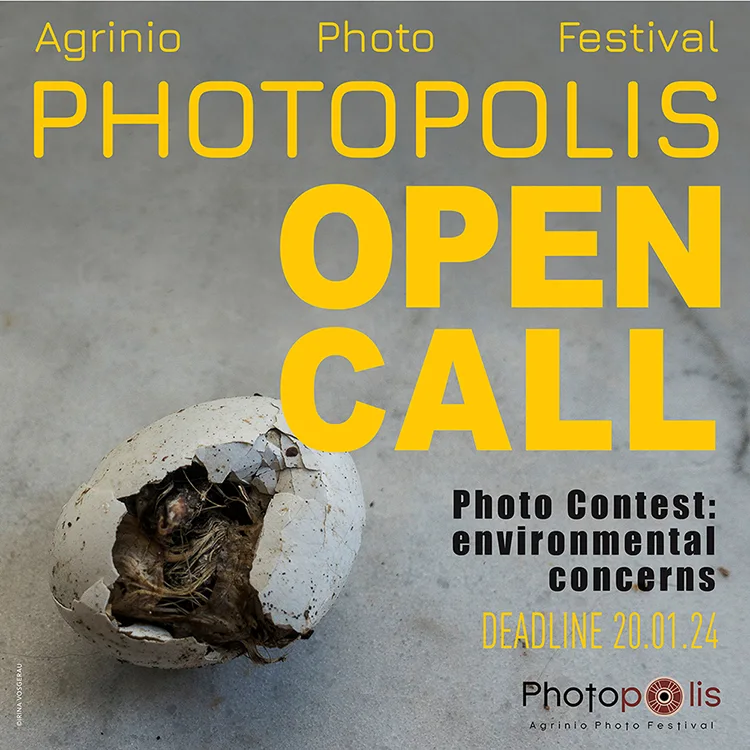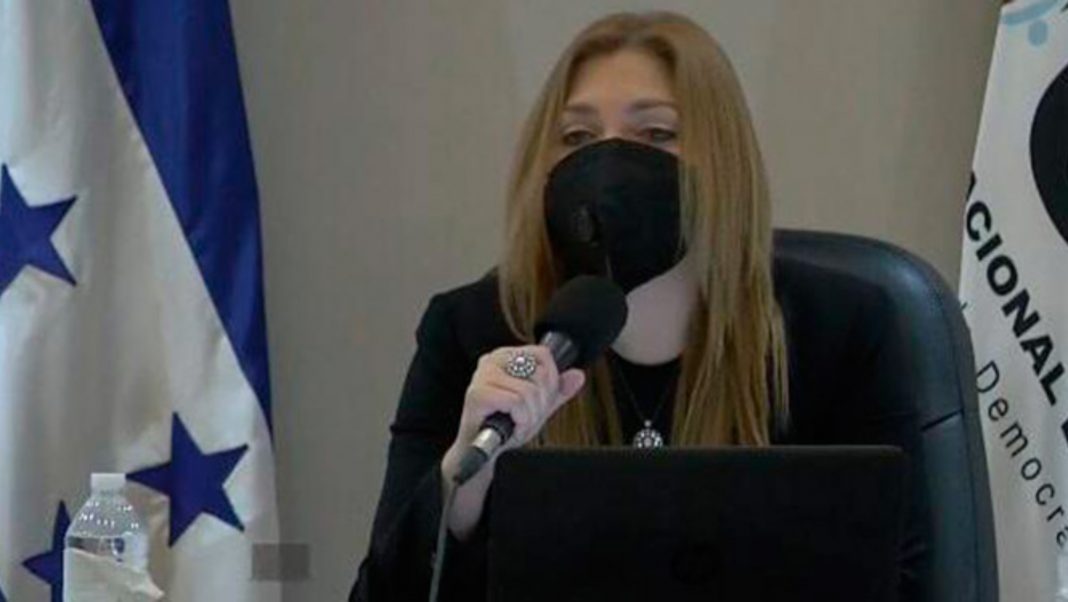International Asexuality Day: Understanding Asexual Identities And Experiences

Table of Contents
Defining Asexuality: Beyond the Myths
Asexuality is a sexual orientation characterized by a lack of sexual attraction to any gender. It's crucial to differentiate asexuality from other sexual orientations and to dispel common myths. Asexuality is not a choice, a mental illness, or a phase. Asexual individuals are not broken or in need of "fixing." Their experiences are valid and deserve respect.
Key characteristics of asexuality include:
- Lack of sexual attraction: This is the core defining feature of asexuality. Asexual individuals do not experience sexual desire or attraction towards others.
- Variability in romantic attraction: While lacking sexual attraction, asexual people can experience romantic attraction. This leads to different identities within the asexual community, such as:
- Romantic asexual: Experiences romantic attraction but not sexual attraction.
- Aromantic asexual: Experiences neither romantic nor sexual attraction. Aromanticism is a separate orientation from asexuality, but the two frequently overlap.
- Diversity of experiences within the asexual community: The asexual experience is incredibly diverse. Individual experiences vary greatly, and there's no single "asexual experience."
- The importance of respecting individual experiences: It's crucial to remember that every asexual person's experience is unique. Avoid making assumptions or generalizations.
Exploring the Spectrum of Asexuality
The asexual spectrum is vast and encompasses a range of identities and experiences. It's not a binary; it's a spectrum of experiences and intensities of sexual attraction. Understanding this spectrum is essential for comprehending the full breadth of asexuality.
Some terms related to asexuality include:
- Demisexual: Individuals who only experience sexual attraction after forming a strong emotional connection with someone.
- Gray-asexual (Gray-a): Individuals who experience sexual attraction rarely or under specific circumstances. Their experience falls somewhere between asexual and sexual.
- Asexual allies: These are individuals who may not identify as asexual themselves but actively support and advocate for the asexual community.
These examples illustrate the diversity within the asexual spectrum, highlighting the importance of recognizing and respecting individual experiences.
Asexual Experiences and Relationships
Asexuality does not preclude fulfilling and meaningful relationships. Asexual individuals form diverse relationships, including:
- Platonic relationships: Strong friendships characterized by affection and emotional intimacy.
- Romantic relationships: Relationships based on emotional connection and intimacy, without sexual activity.
- Queerplatonic relationships: Relationships that combine elements of romantic and platonic relationships, emphasizing deep emotional bonds.
Challenges faced by asexual individuals often stem from a lack of understanding from others. Misconceptions about their sexual orientation can lead to:
- Difficulty finding partners who understand asexuality: Open communication about sexual needs and desires is vital in any relationship, and this is especially true for asexual individuals.
- Social isolation and feeling misunderstood: This underscores the importance of community and support networks for asexual individuals.
- Pressure to conform to societal expectations: The pressure to engage in sexual activity can be particularly challenging for asexual individuals.
Open communication and dialogue are crucial for successful relationships involving asexual individuals. Understanding and accepting each other's needs and boundaries is key to building healthy and fulfilling connections.
Resources and Support for the Asexual Community
Several organizations and resources provide support and information about asexuality:
- The Asexual Visibility and Education Network (AVEN): A leading organization dedicated to providing information and support for the asexual community. [Link to AVEN website]
- [Insert other relevant organizations and websites here]: Include links to relevant organizations and support groups.
Books, articles, and documentaries also explore asexuality, offering valuable insights and perspectives. Online forums and communities provide safe spaces for asexual individuals to connect, share their experiences, and find support. [Link to relevant online communities and forums].
Conclusion
International Asexuality Day serves as a powerful reminder of the diversity of human experiences and the importance of understanding and accepting all sexual orientations. Asexuality is a valid and significant identity, and asexual individuals deserve respect and understanding. The asexual spectrum is vast, encompassing various experiences and intensities of sexual attraction. Open communication and mutual understanding are key to building fulfilling relationships for all.
Let's celebrate International Asexuality Day by actively working towards a more inclusive and understanding society where all asexual identities and experiences are respected and celebrated. Learn more about asexuality, support asexual individuals, and join the conversation today! Understanding asexuality benefits everyone, fostering a more inclusive and accepting world.

Featured Posts
-
 Uk Festival Faces Cancellation Environmental Concerns And 31 000 Campaign
May 19, 2025
Uk Festival Faces Cancellation Environmental Concerns And 31 000 Campaign
May 19, 2025 -
 Canadas Tariff Policy On Us Goods A Response To Oxford Analysis
May 19, 2025
Canadas Tariff Policy On Us Goods A Response To Oxford Analysis
May 19, 2025 -
 Ev Mandate Pushback Car Dealerships Dig In Their Heels
May 19, 2025
Ev Mandate Pushback Car Dealerships Dig In Their Heels
May 19, 2025 -
 Nine Game Sec Football Schedule Gets Sankeys Approval
May 19, 2025
Nine Game Sec Football Schedule Gets Sankeys Approval
May 19, 2025 -
 Ana Paola Hall Defiende La Independencia Y Colegiado Del Cne
May 19, 2025
Ana Paola Hall Defiende La Independencia Y Colegiado Del Cne
May 19, 2025
